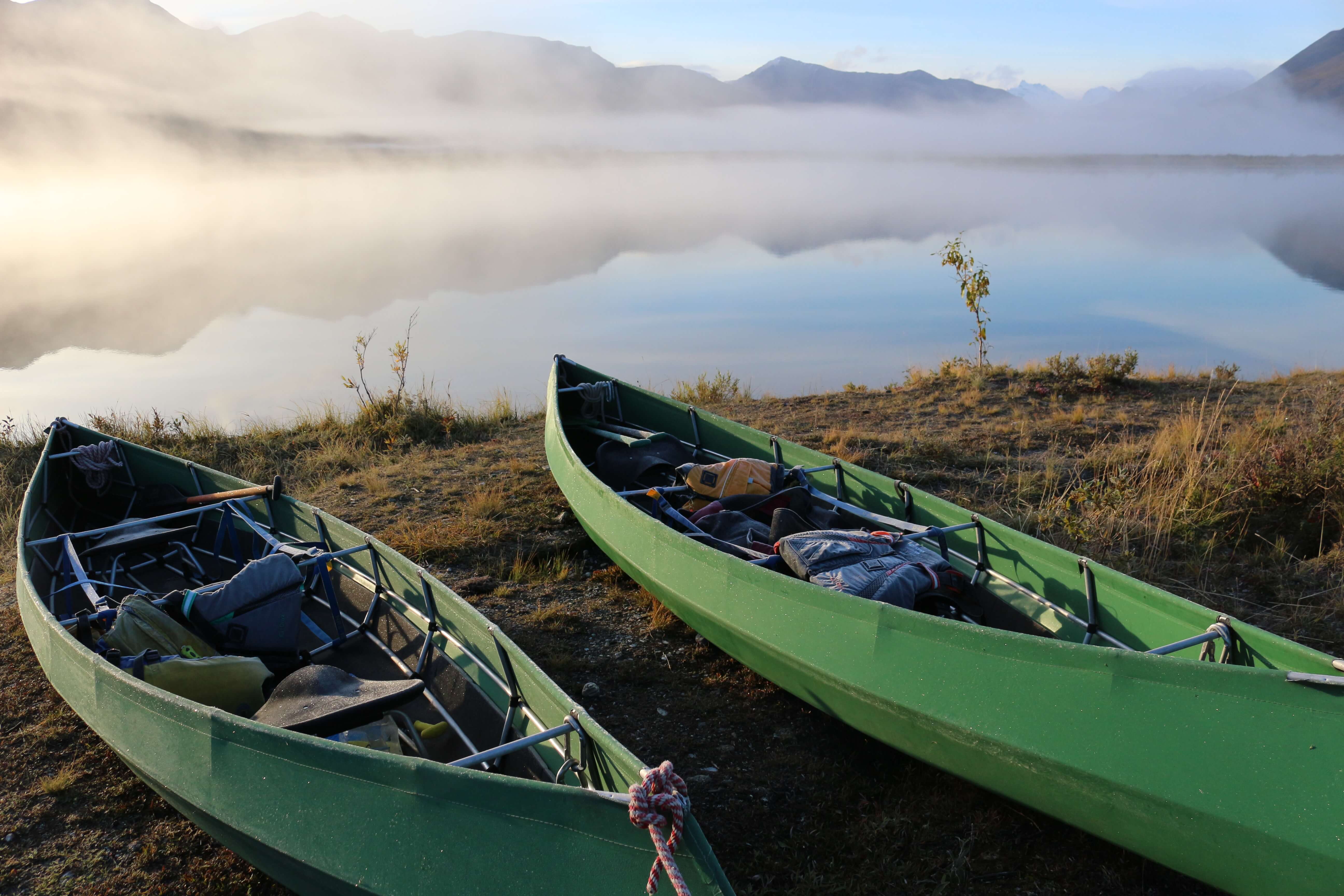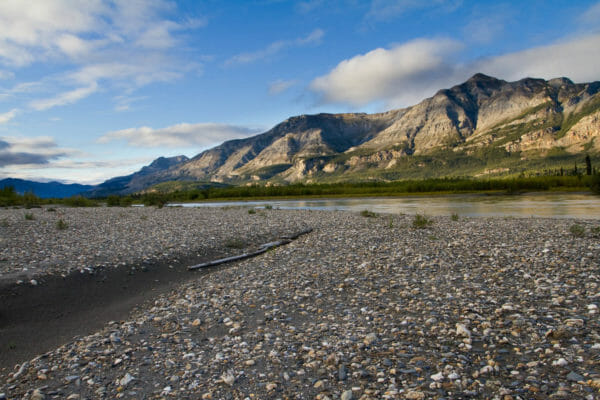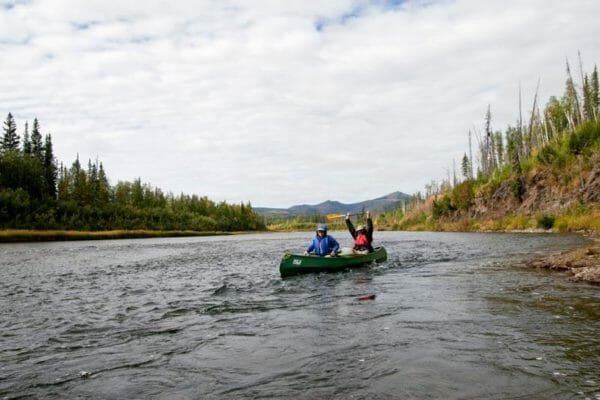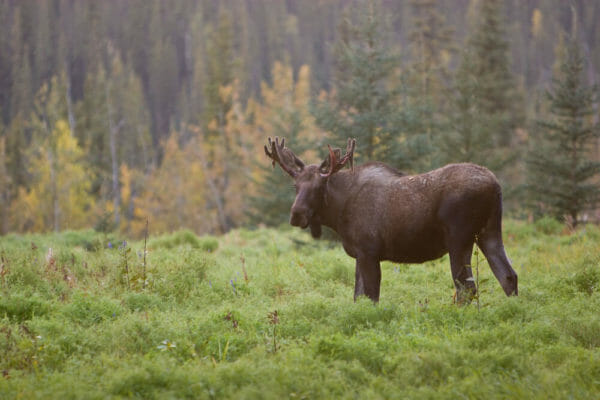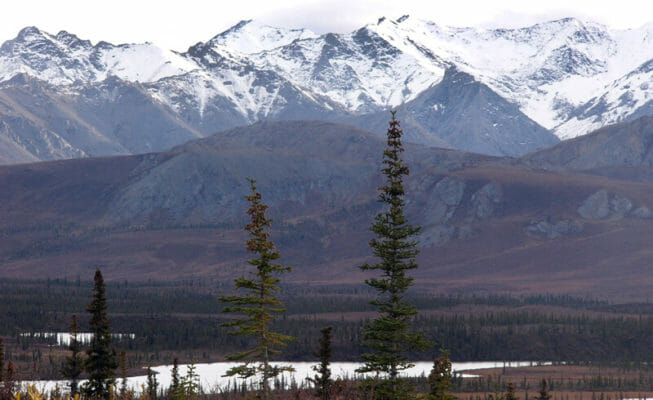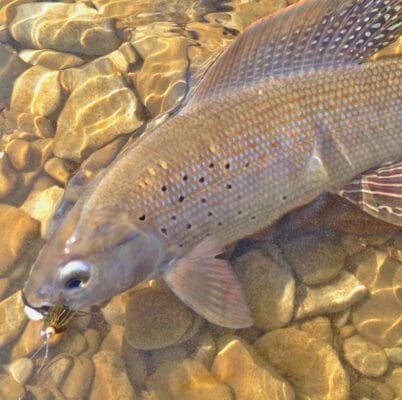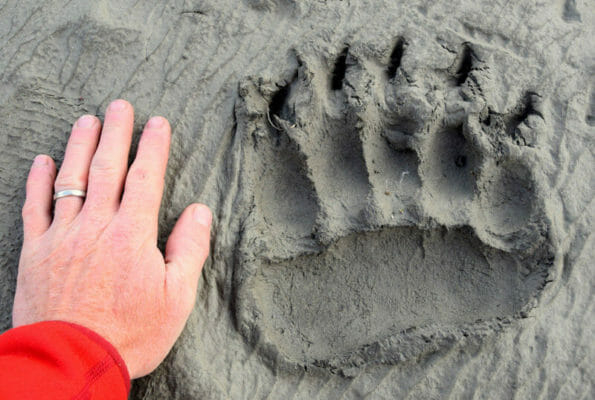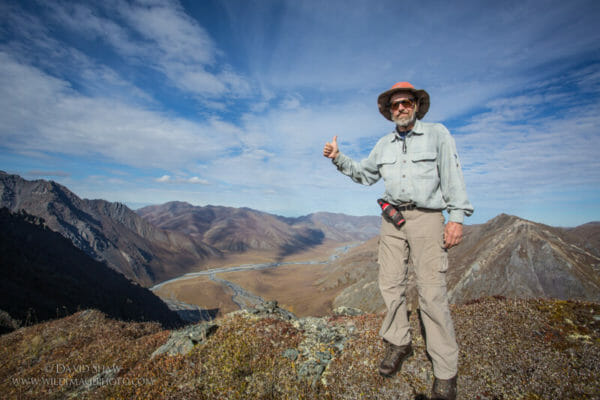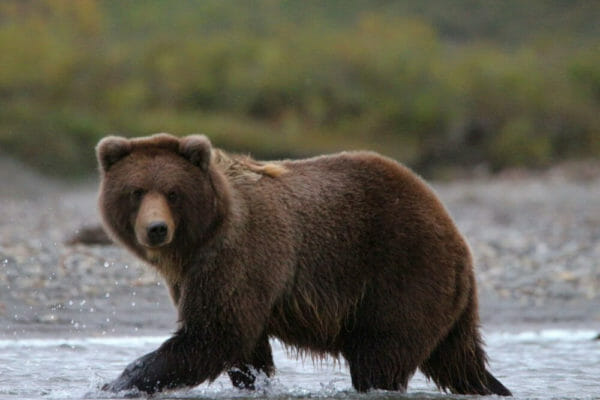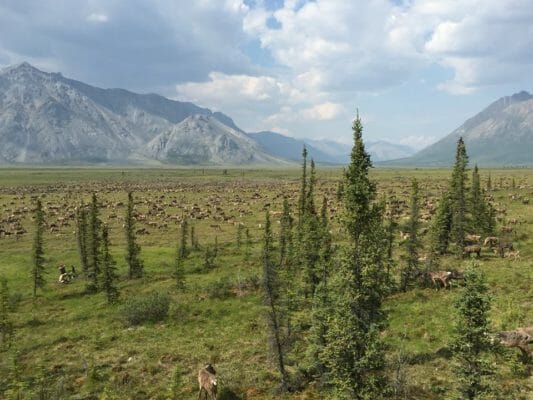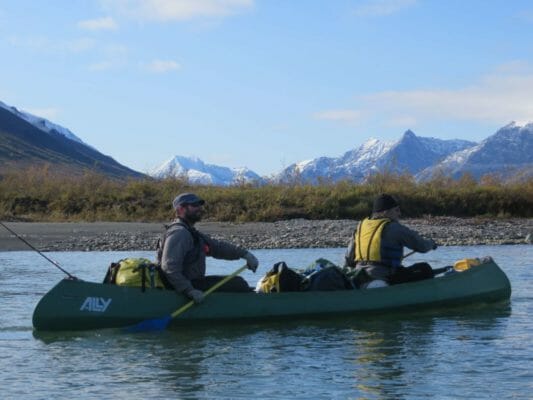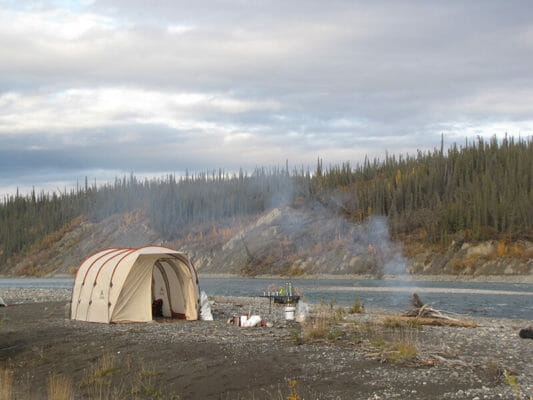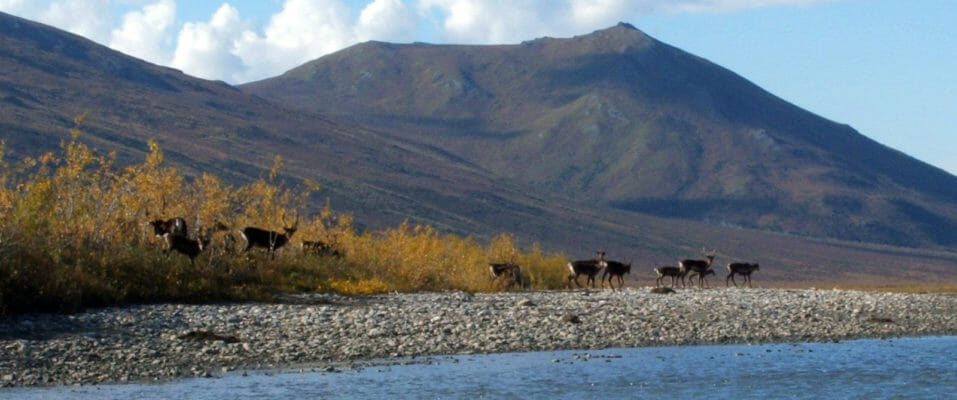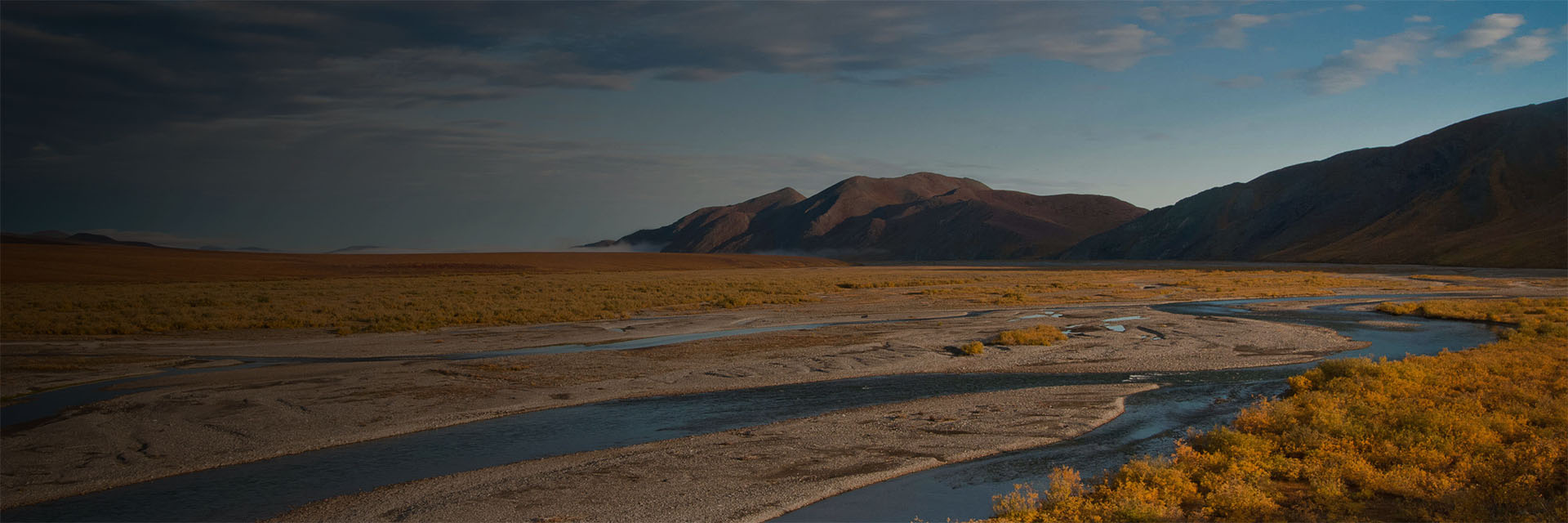Last updated: February 19, 2024
Itinerary
What follows is a general flow of events. Expect the unexpected and prepare to be flexible.
July 4
Meet your guide(s) for a pre-trip meeting in Fairbanks at 4 pm at Arctic Wild headquarters.
July 5
Leaving Fairbanks we fly 250 miles, over the Yukon River, to Arctic Village. We then catch a smaller plane for a spectacular flight to the Sheenjek. We set up camp and enjoy our first night in the wilderness.
July 6 - 10
We like to spend our first full day in the wilderness hiking the tundra and climbing towards the peaks. The upper valley is stunning. Hikes can be as short or as long as you desire. With endless wilderness all around there are few limits to the adventures we can have.
When we are ready to head downriver we will assemble the folding canoes, refresh our paddling skills, discuss river safety, and join the Sheenjek on its way south towards the Yukon River. An average paddling day involves 4 or 5 hours in the canoes plus a leisurely picnic and maybe a stroll to a bluff or lake near the river.
We will make time for side trips to nearby lakes and can try and climb numerous peaks and hills near the river on layover days or in the evenings after a day on the water.
July 11
Weather permitting, we will hear our plane mid-morning and then make our way back towards “civilization.” Once we get cleaned up we can being exaggerating about the trip!




